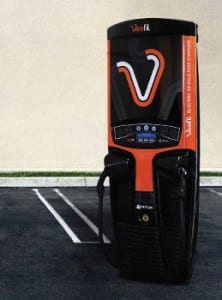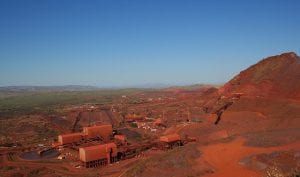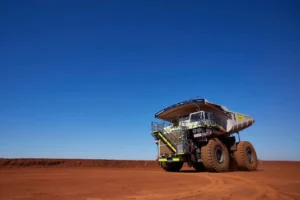Brisbane-based EV infrastructure company Tritium has been named as the first beneficiary of the Queensland government’s $40 million Business Development Fund, with an investment of $2.5 million towards upgrading their industry leading fast charging technology, and boosting exports.
Tritium said on Thursday that the $2.5 million from the state government Fund would be matched by private investors, amounting to a total of $5 million to go towards bringing new products to market.
Tritium’s award-winning Veefil 50kW DC fast chargers, which can give an electric vehicle 50km of charge in just 10 minutes, have been a huge export success – mostly in markets where EV uptake has been incentivised by government.
The rate of global demand from the Australian made and designed product has seen the company triple its manufacturing capability, with the move to a new, larger high-tech production facility in February this year – it’s second such upgrade in three years.
Tritium managing director, David Finn, says the investment will be used to produce a higher power Veefil charging unit, that can give EVs as much as 150km of range per 10 minutes of charge; as well as a lower power unit, that could be installed at homes or workplaces.
The development of a Veefil DC charger targeting residential use is interesting and, as Finn told RenewEconomy, would enable solar households to use their EVs as a mobile energy storage device.
But with Australia still lagging behind the much of the world on electric vehicle uptake, the focus for the company remains on its fast-charging technology.
“The 150km (Veefil unit) is the thing that will enable uptake of EVs – enable connection between capital cities,” Finn told RE.
“Any electric car with a DC charging g port can use it.”
Finn said this was also, most likely, the reason the company won backing from the Business Development Fund – announced last year as part of the Palaszczuk government’s Advance Queensland initiative.
“This is probably a support for innovation in Queensland economy,” Finn said.
“(Veefils) are an export market for now – a lot of our markets are incentivised.
“And while we’d love to see (similar) incentives here …at the end of the day the government is investing in infrastructure and technology.”








